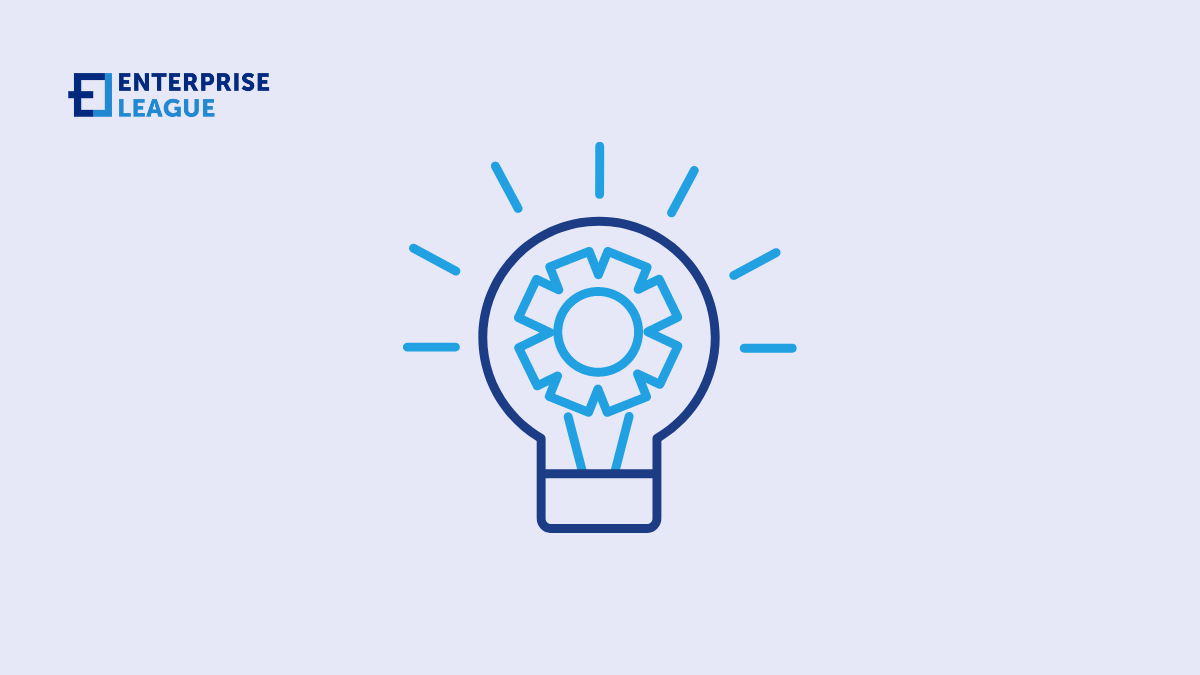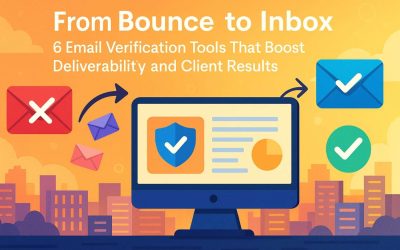Audience data: The best way to build relationships with your customers
January 02, 2025

Thanks to audience data businesses now have the ability to track and collect large amounts of consumer data. These can then be used to create targeted marketing campaigns that can help businesses to increase their sales. But there’s another important ability that collecting big data affords businesses. This is the know-how related to building relationships with consumers.
All the information that is gathered can be used to create buyer personas that help you understand the consumer better. Moreover, audience data also shows us that it’s much cheaper to retain existing customers than it is to acquire new ones. Existing customers, once they become loyal to your brand, can also act as vocal ambassadors for your business, all by themselves. If they enjoy your products and services, they may tell their friends and family about them, leading to free marketing for you.
Using audience data for developing relationships with customers
Customer experience has become important when it comes to enabling business success and meeting sales targets. Research shows that nearly two-thirds of companies now compete based on their customer experience alone. In 2010, this number was just 36%. But what do big data and big data companies have to do with customer experience?
They hold the key to creating better, more targeted, and personalized messages that can help you convert leads to loyal customers. Moreover, nearly 74% of consumers say that they are somewhat likely, at the very least, to make purchases based on their customer experience alone.
To develop better customer experiences, you’ll need to understand their pain points, as well as what they are looking for from you and this is where audience data comes in handy.
The three kinds of audience data you can collect
There are three main kinds of data you can collect from your consumers. These include:
Big picture data
Big picture data is related to your target demographic, information about current trends, as well as what consumers are interested in. This type of audience data enables you to create projections regarding what the audience wants. You can then create a marketing campaign tailoring your findings to help your campaign resonate more with your audience.
Transactional data
This includes data related to any and all purchases made by a consumer. You can specifically track the products and services they are buying, as well as the number of times they are making that purchase. You can track a consumer’s buying habits, including how often they shop from you and what they usually look for. This can help you tailor recommendations to them or send them coupons and offers.
Granular data
This is the kind of data that is limited to a person and their buying attitudes and behaviors. You can collect such data from mobile apps, loyalty programs, and more. Granular is used to create tailored, personalized messages that can enable a consumer to feel special. Moreover, you have access to all the insight and information related to consumer behavior, as well as their buying patterns. This can enable you to improve your marketing campaigns.
Five ways you can use audience data to build relationships with consumers
By building relationships with your consumers, you’ll be able to create a loyal group of consumers, who you can expect to make regular purchases. Here is how you can go about building relationships with your customers with the help of audience data:
Personalize customer experiences
With the help of personal granular data, you can better tailor customer experiences catered to each customer. This can enable you to build strong relationships with your customers and provide them with experiences that make them want to make purchases. You’ll be able to refine your messaging to create targeted ads that make consumers want to buy your products or services.
Targeted promotions
Using audience data, you can keep track of everything that a consumer is buying from you. This will allow you to recommend items that are similar to what they normally buy, increasing their chances of purchasing them. You can also send coupons and offers pertinent to what the consumer regularly buys to get them to make a purchase. This is in contrast to sending random offers and coupons, which may or may not be items the consumer is interested in.
Provide useful and relevant content
Consider providing content that the consumer is likely to provide useful, as well. If you notice through your customer surveys, or social listening, that customers need help regarding a certain product, create an article or blog post about it. This can enable your audience to feel heard and help you provide information that can lead to them using your products or services better.
More importantly, the consumer will feel heard, and this can improve customer loyalty as well.
Providing products and services based on what consumers want
With the help of customer surveys, and in general, following what consumers are saying on social media, you can find out about products or services that they are interested in. Using this information, you can then provide them with products or services that they’ve been asking for. This provides you with information on products or services that will sell well and gives the consumers what they want as well.
Building customer experience
Conclusion
Audience data can be useful when it comes to building relationships with your consumers. By using the audience data you’ve collected, you can tailor personalized messages and optimize your marketing campaigns. You’ll be able to retain your customers better and develop loyalty among them as well.
More must-read stories from Enterprise League:
- Learn about all the tips and apps you need to successfully manage a remote team.
- How successful local businesses can give back to the community.
- Foretelling: transform your business by predicting future trends.
- Getting your product in stores doesn’t have to be complicated.
- Find out how to turn your hobby into a business.
Related Articles
How AI is Transforming the Midstream Energy Sector: Trends and Future Directions
The midstream phase of energy operations is all about storing and processing gas and oil. With AI on the rise across the industry, there are numerous opportunities for energy firms to use this technology even further. But what are the applications for AI in the...
MT5 Broker Setup: Step-by-Step Guide to MetaTrader 5 Download and Trading
A growing number of individuals have turned to the online community to take advantage of investment opportunities available to them. Not only is this a great way to build a reliable nest egg for the future, but modern trading platforms have made the process much...
From Bounce to Inbox: 6 Email Verification Tools That Boost Deliverability and Client Results
Few things kill a campaign faster than high bounce rates. Every undelivered email damages your sender reputation and lowers deliverability until your campaign quietly fades away, unread and unseen. Email verification prevents this. It validates every contact on your...
How AI is Transforming the Midstream Energy Sector: Trends and Future Directions
The midstream phase of energy operations is all about storing and processing gas and oil. With AI on the rise across the industry, there are numerous opportunities for energy firms to use this technology even further. But what are the applications for AI in the...
MT5 Broker Setup: Step-by-Step Guide to MetaTrader 5 Download and Trading
A growing number of individuals have turned to the online community to take advantage of investment opportunities available to them. Not only is this a great way to build a reliable nest egg for the future, but modern trading platforms have made the process much...





